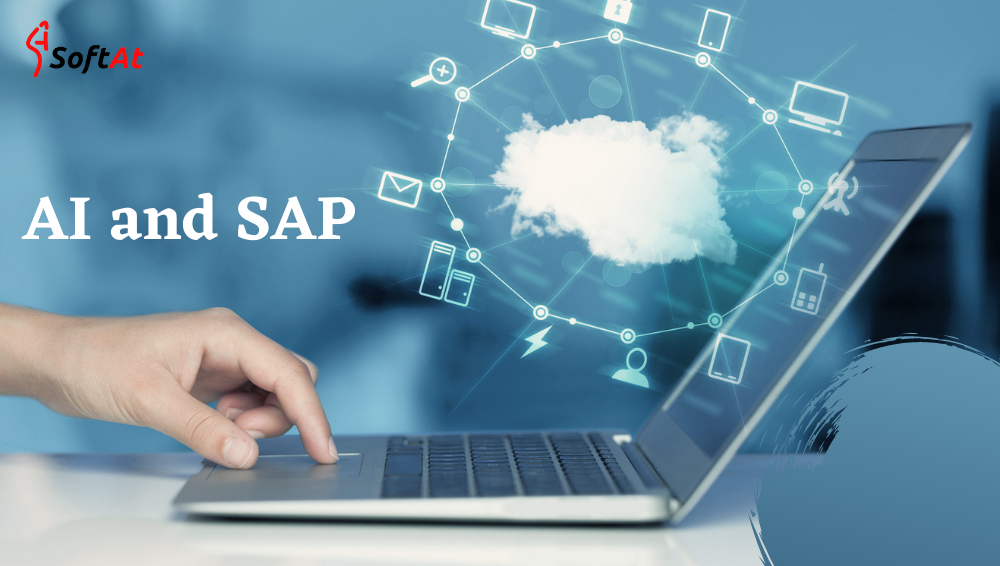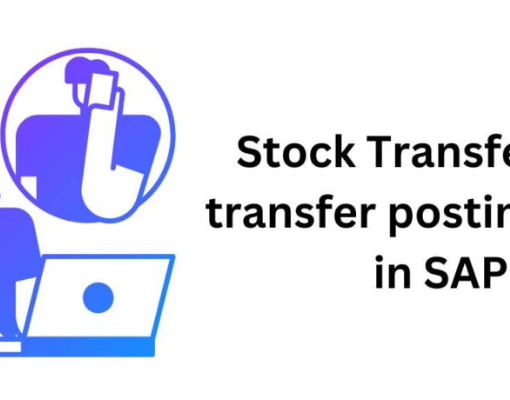
What is AI?
In the simplest terms, AI which stands for artificial intelligence refers to systems or machines that mimic human intelligence to perform tasks and can iteratively improve themselves based on the information they collect. AI manifests in a number of forms. A few examples are:
- Chatbots use AI to understand customer problems faster and provide more efficient answers
- Intelligent assistants use AI to parse critical information from large free-text datasets to improve scheduling
- Recommendation engines can provide automated recommendations for TV shows based on users’ viewing habits
AI is much more about the process and the capability for superpowered thinking and data analysis than it is about any particular format or function. Although AI brings up images of high-functioning, human-like robots taking over the world, AI isn’t intended to replace humans. It’s intended to significantly enhance human capabilities and contributions. That makes it a very valuable business asset.
What is SAP?
Traditional business models often decentralise data management, with each business function storing its own operational data in a separate database. This makes it difficult for employees from different business functions to access each other’s information. Furthermore, duplication of data across multiple departments increases IT storage costs and the risk of data errors.
By centralising data management, SAP software provides multiple business functions with a single view of the truth. This helps companies better manage complex business processes by giving employees of different departments easy access to real-time insights across the enterprise. As a result, businesses can accelerate workflows, improve operational efficiency, raise productivity, enhance customer experiences – and ultimately increase profits.
AI has enormous potential for almost every company. SAP customers are therefore faced with the question of which technologies SAP offers them to upgrade and enhance their existing system landscapes.
For the longest time, artificial intelligence (AI) was nothing more than exciting material for science fiction novels and movies. In 1982, Harrison Ford was hunting down replicants in ‘Blade Runner’; in 2001, Steven Spielberg wove an intricate tale of a relationship between humans and machines in ‘A. I.’
Technologies that emulate or surpass human skills and characteristics are fascinating – not only on the big screen. For decades, scientists have dedicated time and money to the topic of artificial intelligence. The workshop ‘Dartmouth Summer Research Project on Artificial Intelligence’, held in 1956 at Dartmouth College in New Hampshire, USA, is seen as the starting point of AI as an academic subject.
Progress in the field of AI wasn’t exactly on the curriculum during that workshop at Dartmouth. However, over the past few years, the futuristic visions of scientists and Hollywood directors alike have become more realistic as the power of computers continues to increase, more digital, connected products are flooding the market, and our society and economy are producing enormous amounts of digital data.
What AI can and can’t do
What we are missing is a valid common definition of AI or, more generally, what counts as intelligence. What we can say without the shadow of a doubt is this: To some degree, machines are capable of autonomously making decisions and acting on them. They are capable of recognizing and analyzing patterns in data, language or images. In most of these cases, machines do significantly better than humans, as their analysis is usually faster, more comprehensive, and more accurate. Technology-based methods – like machine learning – are a requirement for these processes to work seamlessly.
AI: Potential value of €430 bil.
Since ‘strong AI’ is still a distant vision of the future, today’s focus is more on ‘weak AI’, meaning manageable, ethical software and solutions for practical use cases. According to consulting firm PwC, (weak) AI alone will generate the value of €430 billion in Germany by 2030. In another study, PwC studied the most common use cases of artificial intelligence. A majority of respondents indicated that they used AI for automating existing business processes and analyzing data. AI is the most useful when dealing with one individual, a complex task involving enormous data.
Automation through ML and AI
Instead, SAP is now focusing on business processes and company-specific requirements by integrating innovations and individual solutions. SAP offers customers different ways to join the world of artificial intelligence, each of which is tailored to different target groups while still complementing the others.
In its new ERP system S/4 Hana, SAP has embedded some AI functionalities which are supposed to make individual S/4 applications intelligent. The goal is the automation of routine tasks to relieve employees of monotonous work, shifting their focus to more complex scenarios. There is more than one approach to reach this goal.
SAP Data Intelligence
Running on SAP Cloud Platform (SCP), SAP Data Intelligence is by far the most elaborate AI solution in SAP’s portfolio. While it is the most likely ‘successor’ of Leonardo, the focus has shifted to business. SAP Data Intelligence combines a more conservative business world with open source, making it more open to different solutions and applications, like Jupyter Notebooks (Project Jupyter), Python and Python-based frameworks for machine learning like pandas, scikit-learn or TensorFlow.
Focused AI strategy
With SAP Data Intelligence, the created data models can be transferred to a company’s SAP landscape for further development, testing, and performance monitoring. And, most importantly, AI scenarios can be audited, complying with regulatory guidelines.
SAP has recognized that AI is an important – if not the most important – technology topic and is enthusiastically adding to its existing portfolio without losing sight of business requirements. Actively researching AI is not SAP’s forte, however. Companies like Facebook, Google or Microsoft as well as open source initiatives are and will continue to be the driving force in AI innovation.
Which SAP offering should be used for its AI capabilities?
SAP offers several products and solutions that incorporate AI capabilities. The specific SAP offering to be used for AI depends on the organization’s requirements and use case. Here are a few notable SAP offerings with AI capabilities:
- SAP Leonardo: SAP Leonardo is an innovation system that combines various emerging technologies, including AI, machine learning, the Internet of Things (IoT), analytics, and blockchain. It provides a framework for organizations to leverage AI capabilities across different business functions and industries.
- SAP Analytics Cloud: SAP Analytics Cloud is a cloud-based analytics solution that incorporates AI and machine learning capabilities. It enables users to perform advanced data analysis, predictive analytics, and smart data discovery to uncover insights and make data-driven decisions.
- SAP Conversational AI: SAP Conversational AI, formerly known as SAP Recast.AI, is a platform for building and deploying chatbots and virtual assistants. It utilizes natural language processing and machine learning to enable intelligent, conversational interactions with users, improving customer service and automating routine tasks.
- SAP Intelligent Robotic Process Automation (RPA): SAP Intelligent RPA offers AI-powered robotic process automation capabilities. It allows organizations to automate repetitive and rule-based tasks by creating software robots that mimic human actions. The AI capabilities enable the robots to learn and adapt to changing conditions, improving process efficiency.
- SAP Customer Experience Solutions: SAP provides AI capabilities within its customer experience solutions, such as SAP Sales Cloud, SAP Service Cloud, and SAP Marketing Cloud. These solutions leverage AI and machine learning to enhance customer insights, personalize experiences, and automate marketing and sales processes.
It’s important to consult with SAP experts or evaluate the specific requirements of your organization to determine which SAP offering with AI capabilities aligns best with your business needs. SAP continuously innovates and introduces new AI-related features across its product portfolio, so staying informed about the latest offerings is crucial.
Conclusion:
Integrating AI and SAP is a game-changer for organizations looking to leverage data-driven insights, automation, and intelligent decision-making. By combining the advanced capabilities of AI with SAP’s robust enterprise software solutions, businesses can enhance data analysis, optimize processes, deliver personalized experiences, and gain a competitive edge. The partnership between AI and SAP enables organizations to transform into intelligent enterprises, empowering them to innovate, adapt to changing market dynamics, and thrive in today’s digital landscape.





